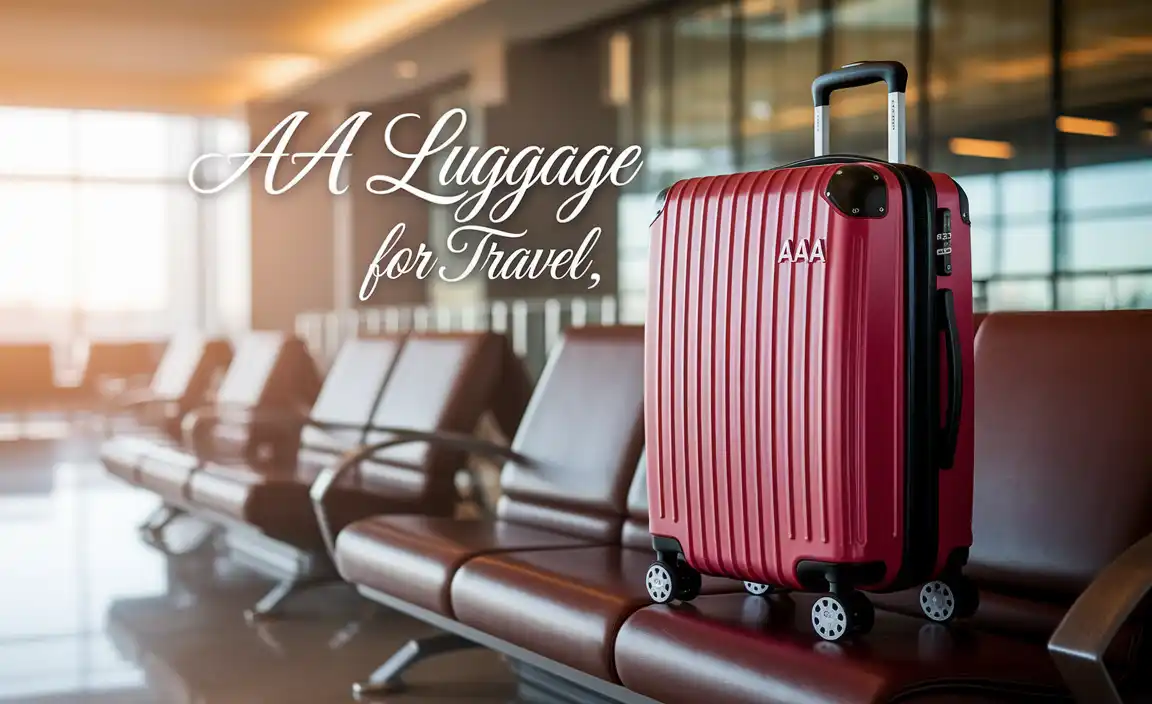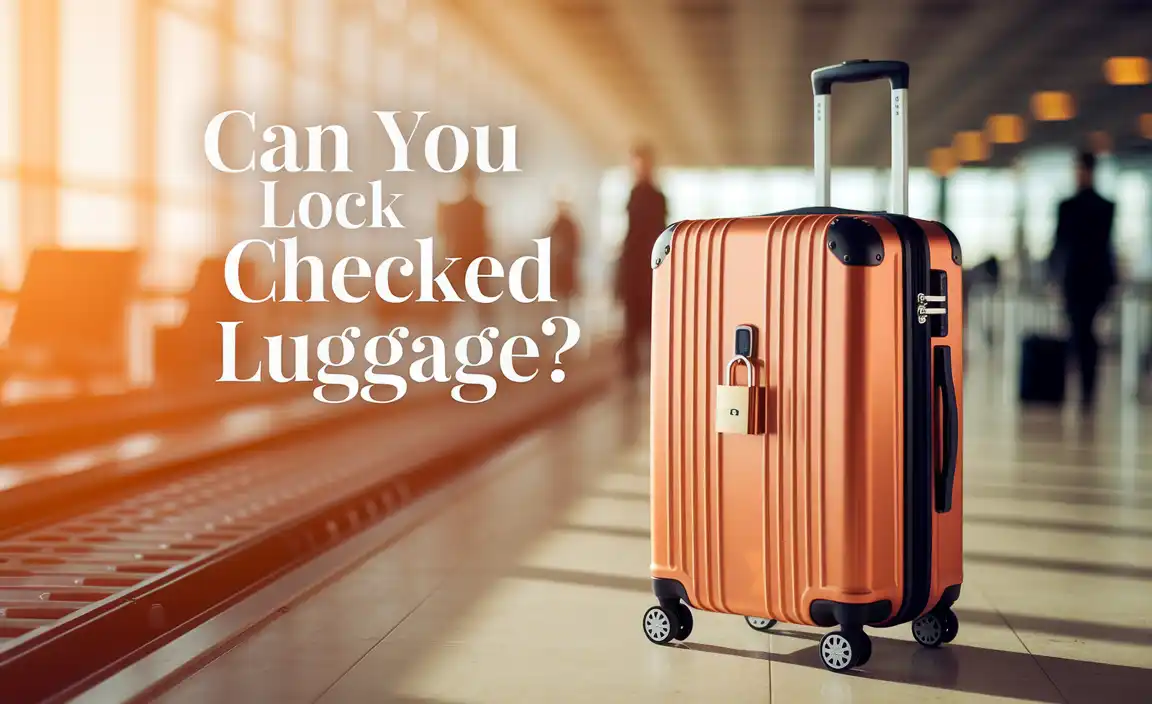Black Forest Budget Travel Guide: Essential Tips!
Traveling to the Black Forest on a budget is achievable with smart planning! This guide offers practical tips for affordable accommodation, transport, food, and activities, ensuring a memorable and cost-effective adventure in Germany’s stunning natural wonderland.
Dreaming of the Black Forest? Think lush forests, charming villages, and delicious cake. It might seem like a destination that could break the bank, but worry not! Many travelers assume that visiting beautiful places like this means spending a lot of money. This guide is here to show you that’s not the case. We’ll walk you through simple, easy-to-follow steps to explore the Black Forest without emptying your wallet. Get ready for an amazing trip that’s both fun and affordable!
Planning Your Black Forest Budget Trip
The key to enjoying the Black Forest economically is smart preparation. It’s much easier to save money when you have a plan in place before you even pack your bags. This section will cover the foundational steps for a budget-friendly journey.
When to Go for Savings
Timing your visit can significantly impact your expenses. Traveling during the shoulder seasons often means lower prices for accommodation and a less crowded experience.
- Spring (April-May): Nature awakes, wildflowers bloom, and prices are generally lower than in summer. Days get longer and warmer, perfect for hiking.
- Autumn (September-October): The fall foliage paints the landscape in breathtaking colors. It’s a magical time to visit, and you’ll find better deals than during peak summer.
- Avoid Peak Summer (June-August): This is the most popular time, with the highest prices for hotels and attractions.
- Consider Winter (December-February): If you enjoy winter sports or festive Christmas markets, you might find good deals outside of the Christmas and New Year holidays.
Setting a Daily Budget
It’s always wise to have a clear idea of how much you can spend each day. This helps you make informed decisions on the go.
A realistic daily budget for a budget Black Forest trip might look something like this:
| Category | Estimated Cost (per person, per day) | Notes |
|---|---|---|
| Accommodation | €30 – €60 | Hostel, budget guesthouse, or Airbnb room. |
| Food | €20 – €40 | Picnics, local bakeries, and affordable eateries. |
| Transportation | €10 – €25 | Public transport passes, local buses, or shared car services. |
| Activities & Sightseeing | €10 – €20 | Free hikes, park entries, and occasional paid attractions. |
| Miscellaneous | €5 – €10 | Souvenirs, coffee, small treats. |
| Total Estimated Daily Budget | €75 – €155 | This is a guideline and can be adjusted based on your spending habits. |
Remember to add a buffer for unexpected expenses. This budget is for a solo traveler staying in budget accommodations. Couples or families might have different needs, but these categories remain key.
Booking in Advance
For budget travelers, advance booking is your best friend. This applies to:
- Accommodation: The earlier you book, the more likely you are to snag deals on hostels, affordable guesthouses, or rooms in local homes. Websites like booking.com, Hostelworld, and Airbnb often have early-bird discounts.
- Transportation: If you plan to take specific trains or even rent a car (though less common for budget travel in this region), booking ahead can save money.
Budget Accommodation Options
Finding a place to sleep without spending a fortune is crucial for any budget trip. The Black Forest offers several excellent options that won’t break the bank.
Hostels and Youth Hostels
Hostels are a fantastic way to save money and often a great place to meet other travelers. They offer dormitory-style rooms, and some have private rooms too. Many hostels in the Black Forest are located in charming settings and provide communal kitchens, a big plus for budget food preparation.
Look for “Jugendherberge” which is the German word for youth hostel. These are often part of a network with high standards of cleanliness and facilities not too different from adult hostels.
Guesthouses and Pensions
These are typically smaller, family-run establishments that offer a more personal touch. While slightly more expensive than hostels, they can be very affordable, especially if you choose one slightly outside the main tourist hubs. “Zimmer frei” signs indicate rooms available for rent usually directly from locals.
Vacation Rentals and Airbnbs
Renting a room in a local’s home or a small apartment can be surprisingly cost-effective, especially for longer stays or if you plan to cook some of your meals. This also gives you a chance to experience local life more intimately.
Pro Tip: If traveling with a small group or family, renting a small apartment can be cheaper per person than booking multiple hotel rooms.
Camping
For the ultimate budget traveler and nature lover, camping is an excellent option. The Black Forest boasts numerous campsites, often nestled in beautiful natural surroundings. Many offer good facilities and are very reasonably priced.
External Link: For a list of official campsites and information on regulations, check out this resource from the German National Tourist Board: Camping in Germany.
Affordable Transportation in the Black Forest
Navigating the Black Forest without a hefty price tag is entirely possible with its excellent public transport system.
Public Transport Passes
Germany has a fantastic network of trains and buses. For exploring the Black Forest, consider these options:
- Konus Card: This is a golden ticket for budget travelers. If you stay at a participating accommodation (most hotels, guesthouses, and some campsites offer it for free to their guests), you receive the KONUS guest card. This allows you to use local buses and trains for free within the Black Forest region for your entire stay. It’s an incredible saving!
- Regional Passes: If you’re not staying at a Konus participating hotel, look into regional day tickets or week passes for trains and buses. These can offer significant savings if you plan on making several journeys in a day or week.
Trains and Buses
Deutsche Bahn (DB) operates the train network, connecting major towns and cities. Local bus services are excellent for reaching smaller villages and trailheads. Traveling by train is often scenic and relaxing.
Tip: Book train tickets in advance, especially for longer journeys, to secure lower fares through deals like the “Sparpreis” (saver fare).
Limited Car Rental for Budget Travelers
While renting a car offers flexibility, it’s generally not the most budget-friendly option for the Black Forest, considering fuel costs, parking fees, and rental prices. If you must rent a car, consider car-sharing services for shorter trips or look for compact, fuel-efficient models.
Walking and Cycling
The Black Forest is a paradise for walkers and cyclists. Many of the best natural attractions are reached by foot. If your accommodation is centrally located, much of your exploring can be done for free by walking. Bike rentals are available and can be a cost-effective way to see smaller areas, especially if you plan to stay in one locality for a few days.
Eating Well on a Budget
The Black Forest is famous for its culinary delights, but you can savor them without overspending.
Supermarkets and Picnics
This is the number one strategy for budget eating. German supermarkets like Lidl, Aldi, Rewe, and Edeka offer a wide variety of affordable foods, including bread, cheese, meats, fruits, and vegetables. Pack picnics for your hikes and enjoy meals with stunning views.
Example Picnic Contents:
- Freshly baked German bread (brot)
- Local cheese (kase)
- Cured meats (wurst)
- Seasonal fruits (obst)
- Vegetables like cucumbers or carrots (gemüse)
- A bottle of water or juice.
Local Bakeries and Bakeries
Stop by local bakeries (‘Bäckerei’) for delicious and inexpensive pastries, rolls, and sandwiches. These are perfect for a quick breakfast or a satisfying lunch on the go.
Traditional Restaurants with Caution
When you do eat out, look for:
- “Mittagstisch” (Lunch Specials): Many restaurants offer a cheaper set menu during lunch hours.
- Smaller Cafes and Gasthofs: Look for less touristy establishments, particularly in smaller villages. These often provide hearty, local food at better prices.
- Portion Sizes: German portions are often generous, so consider sharing a main course if you have a smaller appetite.
Trying Black Forest Gateau Affordably
You can’t visit the Black Forest without trying the famous cake! While a slice in a high-end restaurant can be pricey, many bakeries and cafes offer it at reasonable prices.
Budget Tip: Buy a whole cake from a local bakery if you are traveling in a group. It will be much more economical per slice than buying individual pieces at cafes and you can enjoy it over a few days.
Free and Low-Cost Activities
The Black Forest’s natural beauty is its greatest free attraction. Many of the most memorable experiences cost nothing at all.
Hiking and Nature Trails
The Black Forest is crisscrossed with thousands of kilometers of well-marked hiking trails. From gentle strolls to challenging mountain hikes, there’s a trail for everyone. Many start from villages or train stations, making them easily accessible.
- Feldberg: Germany’s highest peak outside the Alps offers stunning panoramic views. Trails vary in difficulty.
- Schluchsee: A beautiful reservoir offering lakeside walks and swimming opportunities in warmer months.
- Titisee: While popular and a bit more touristy, the walk around the lake is pleasant and free.
Visiting Charming Villages
Wandering through picturesque villages like Gengenbach, Triberg (watch out for the cuckoo clocks!), or Schiltach is a delightful way to spend your time. Admire the traditional architecture, soak in the atmosphere, and enjoy window shopping without the pressure to buy.
Waterfalls and Lakes
Many natural sights are free to visit. The Triberg Waterfalls are a popular attraction, but there are also countless smaller, less known waterfalls accessible via hiking trails that cost nothing to enjoy. Lakes like Mummelsee offer scenic beauty and hiking opportunities.
Cultural Experiences on a Budget
-
Local Markets: Visit local farmers’ markets for fresh produce and a glimpse into regional life.
-
Churches and Cathedrals: Many historical churches offer free (or donation-based) entry and are beautiful to explore.
-
Cuckoo Clock Demonstrations: While buying a clock can be expensive, many shops offer free demonstrations of how the iconic clocks work, providing a cultural insight.
Discounted Attractions
When planning to visit paid attractions, always look for:
- Combination tickets that offer entry to multiple sites for a reduced price.
- Family tickets if traveling with children.
- Student or senior discounts.
- Look for free days or special discount weeks advertised locally.
Packing for Comfort and Convenience
For budget travel, smart packing means less stress and saves money on potential impulse buys or forgotten essentials.
Essential Clothing
Layering is key for the Black Forest’s variable weather, even in summer. Pack items that can be mixed and matched.
- Moisture-wicking base layers: Great for hiking and staying comfortable.
- Fleece or warm sweater: For cooler evenings or higher altitudes.
- Waterproof and windproof outer shell: Essential, as rain is common.
- Comfortable walking shoes: Your most important item. Break them in before you go.
- Socks: Several pairs of moisture-wicking hiking socks.
- Hat and gloves: Even in warmer months, they can be useful in the mountains.
Travel Essentials
Don’t forget these items that can add comfort and solve travel-related needs:
- Reusable water bottle: Stay hydrated and save money by refilling it.
- Snack containers: Perfect for packing picnic lunches.
- Small backpack: For day trips and carrying your essentials.
- First-aid kit: Include essentials like bandages, antiseptic wipes, pain relievers, and any personal medications. Consider specific needs, such as discreet adult diapers or supplies for children, to ensure comfort during long travel days or while active outdoors. Journey Essentials understands that comfort is key for everyone, whether it’s for managing continence needs during extended journeys or ensuring peace of mind for parents traveling with young children.
-
Portable charger/power bank: Keep your devices charged for navigation and photos.
-
Travel-sized toiletries: Save space and money.
-
Quick-dry towel: Useful for hostels or unexpected dips in lakes.
Documentation and Money
- Copies of important documents (passport, ID, insurance) stored separately from originals.
- Sufficient cash for smaller purchases where cards aren’t accepted, but also a credit/debit card.
- A money belt or secure pouch.
Sample Black Forest Itinerary on a Budget (4 Days)
Here’s a possible itinerary focusing on budget-friendly experiences.
Day 1: Arrival and Freiburg Exploration
- Arrive at Freiburg im Breisgau, a vibrant gateway city.
- Check into your pre-booked budget accommodation (e.g., hostel or Airbnb).
- Explore Freiburg Cathedral (limited free entry to nave), wander through the charming old town with its Bächle (small water channels).
- Enjoy a picnic lunch by the Schlossberg (castle hill) or a budget-friendly meal from a bakery.
- Hike up the Schlossberg for panoramic views of the city and surrounding vineyards.
Day 2: Titisee and Nature
- Take a train or bus to Titisee-Neustadt (ensure you have your Konus card or a valid ticket).
- Enjoy a scenic walk around




